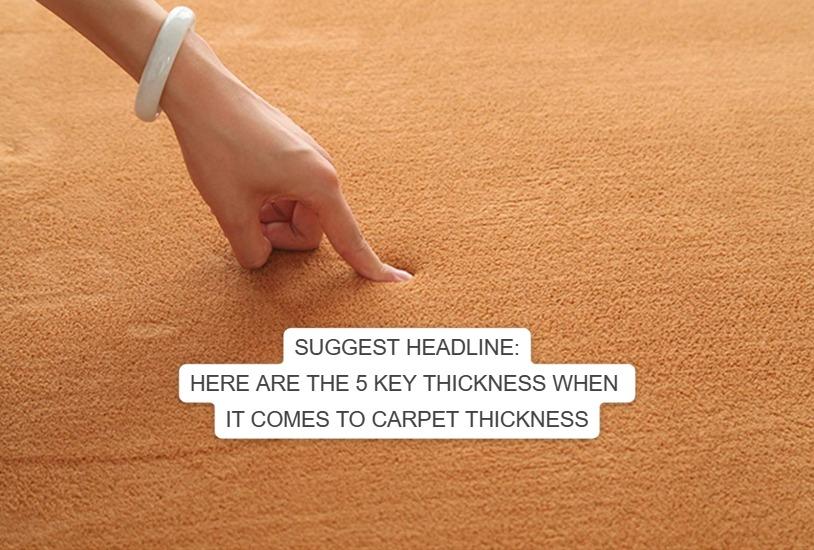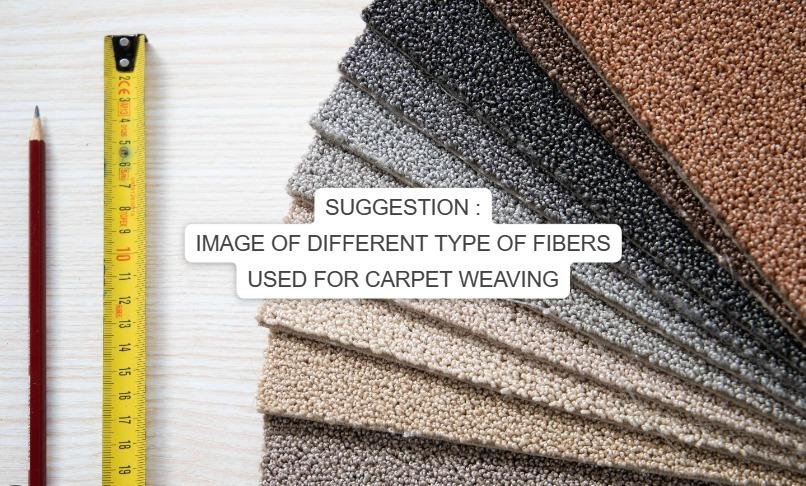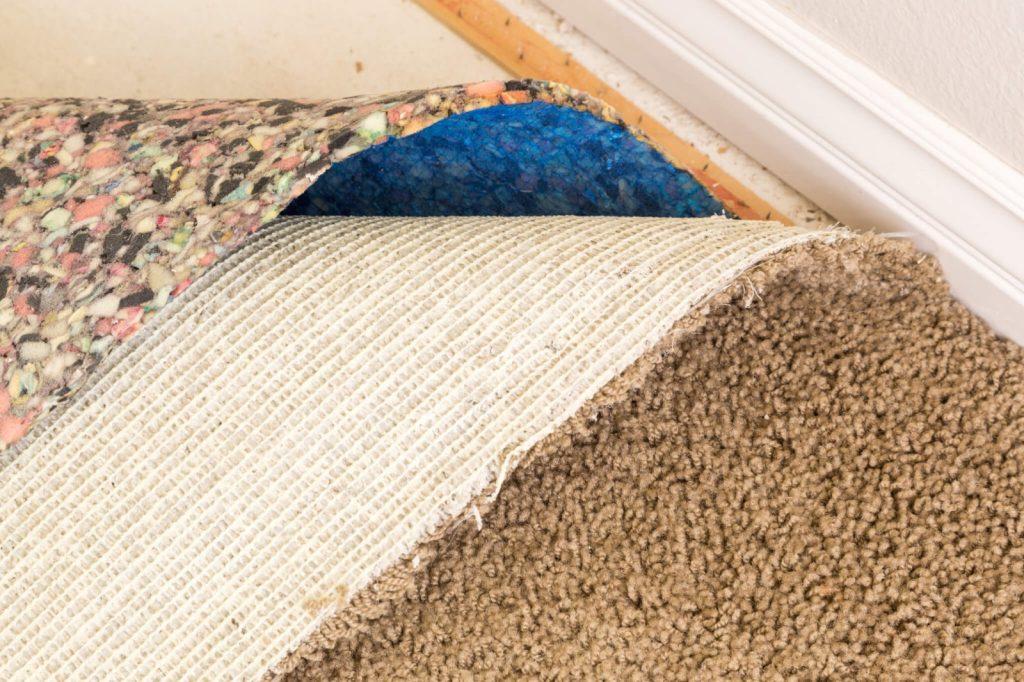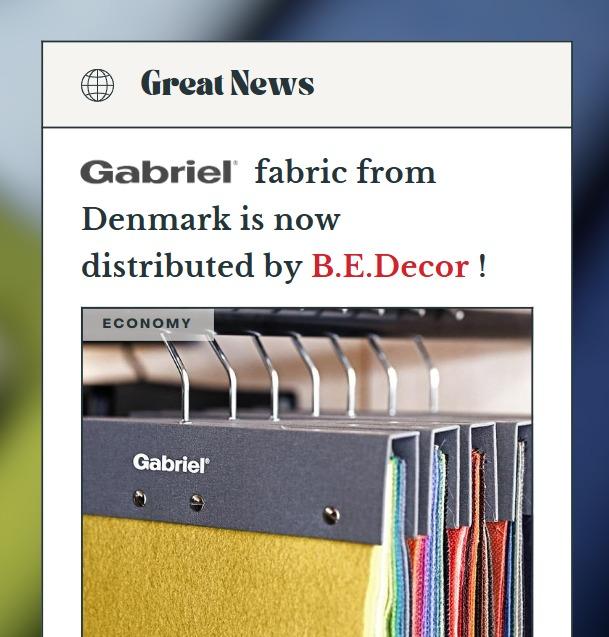Thick might not be comfortable: B.E. Decor guided us how to choose the right thickness for carpet

Don’t be misled about the thicker it is, the more comfortable it is. The comfort of a carpet is influenced by numerous factors, and here are five main points that contribute to making a carpet comfortable:

1. Material & Fibers
The choice of material and fiber type significantly affects the comfort of a carpet. Soft and plush fibers, such as wool or nylon, tend to create a more comfortable and luxurious feel underfoot. These materials also provide better insulation, making the carpet feel warmer and more inviting.

2. Pile Height and Density:
Pile height refers to the length of the carpet fibers, and density refers to how closely packed these fibers are. A higher pile height, especially in combination with good density, can contribute to a softer and more cushioned feel. However, it’s important to find a balance, as excessively high pile may be harder to maintain and clean.

3. Underpadding or Cushioning
The use of a quality underpadding or cushion beneath the carpet plays a crucial role in comfort. A good underpad provides additional support, shock absorption, and insulation. It enhances the softness of the carpet, making it more comfortable to walk or sit on.

4. Texture and Construction
The construction and texture of the carpet affect its tactile comfort. Cut pile, loop pile, and combination cut-loop carpets offer different textures, and individuals may have preferences based on personal comfort. Additionally, carpet with a softer and plusher texture tends to be more comfortable than a harsh or coarse texture.

5. Temperature Regulation
Carpets contribute to the overall temperature regulation of a room. In colder climates, a carpet can provide insulation and warmth, making the space more comfortable. In warmer climates, the carpet’s ability to feel cool and soft to the touch can enhance the overall comfort of the room.

What is better is human touch in workshop in guiding designers and practitioners on how to choose the right material
The team has consistently been actively involved in the industry by sharing hands-on experiences with their products and materials. The typical presentation and workshop session are expected to last approximately two hours, including one hour for the presentation and workshop and an additional hour for questions and answers. During this time, the staff will gain a deeper understanding of the product’s application and specifications, thereby minimizing the risk of consultants inaccurately specifying products in a project.
Other projects by B.E. Decor
Note: To protect our designers & suppliers community from spam and harassment. Your contact requested will be routed to Buildex.my representative. We will connect you to the representative asap.











